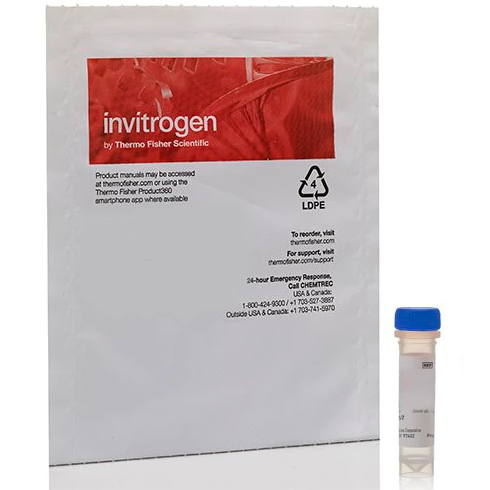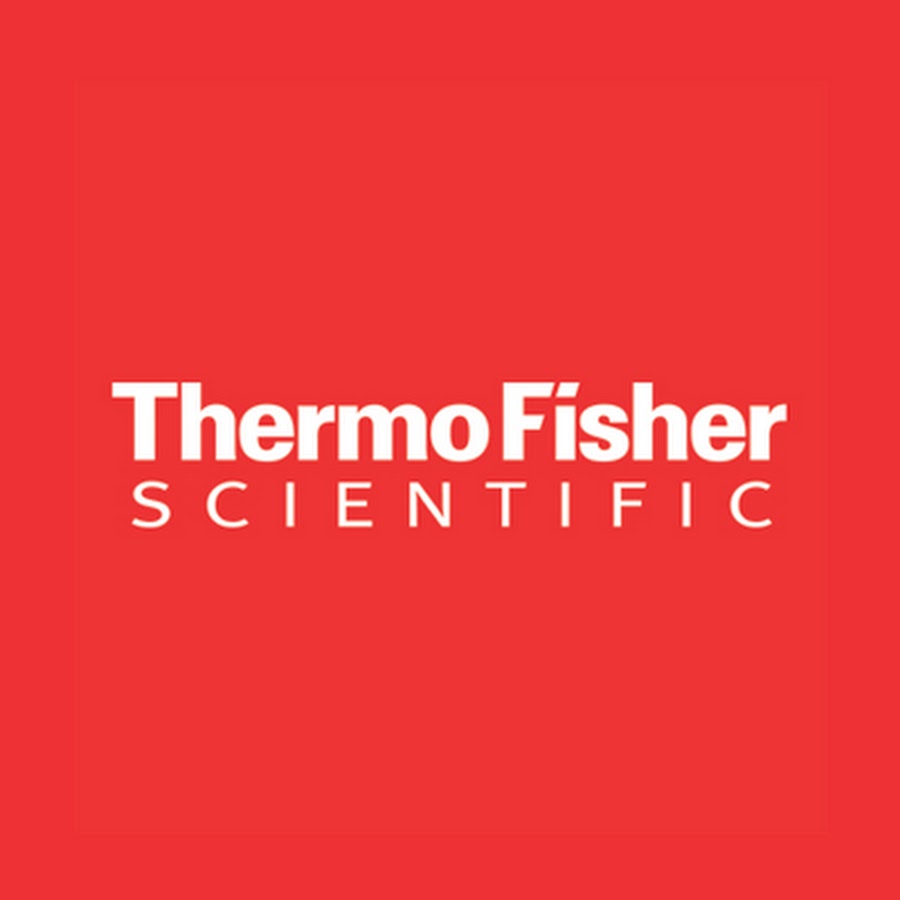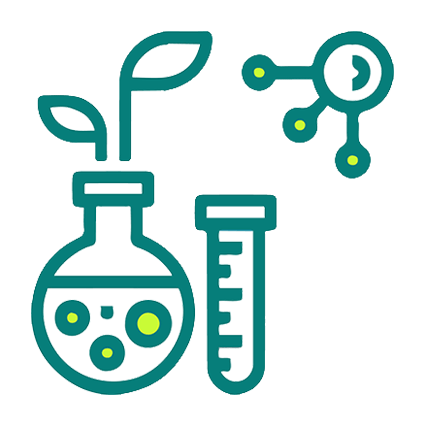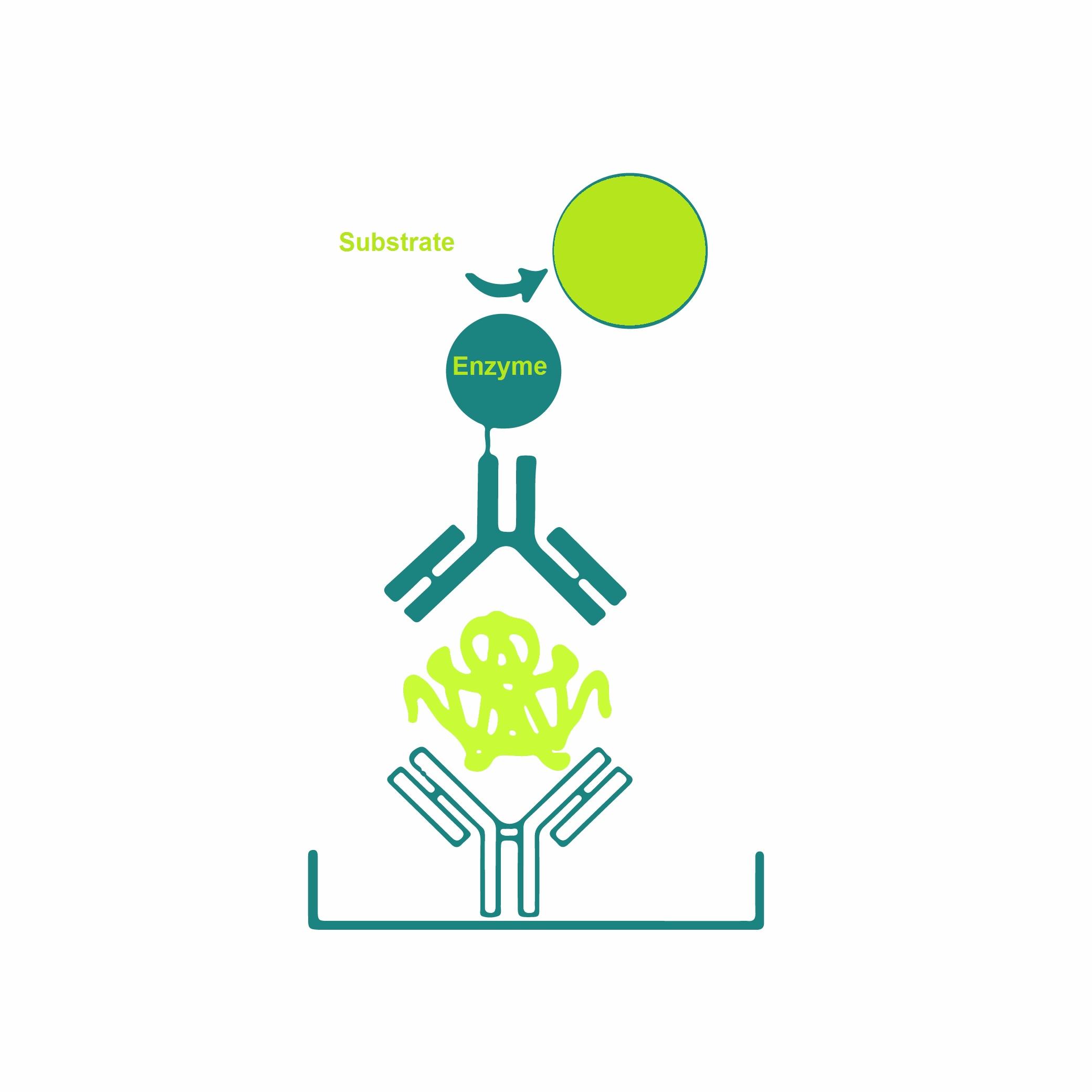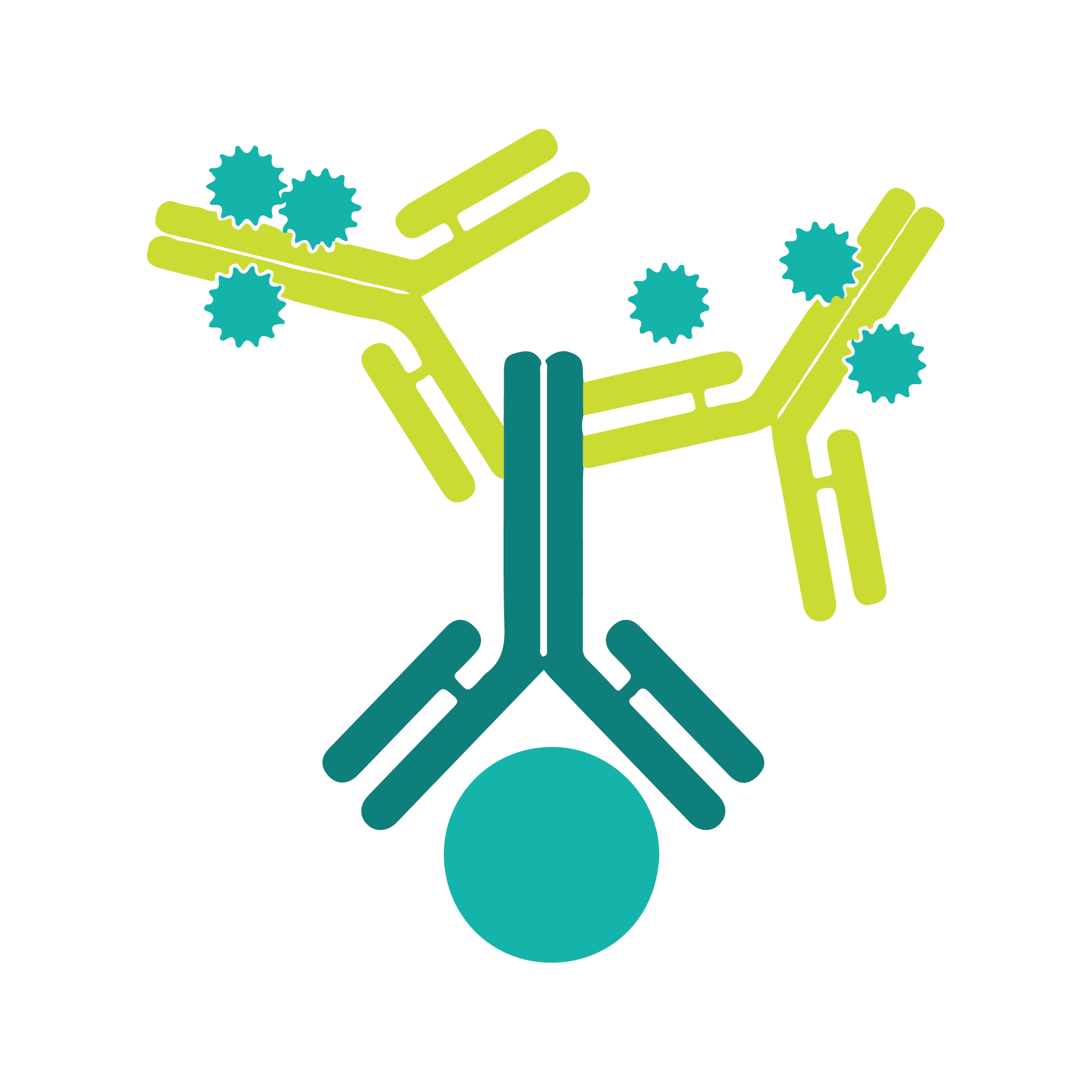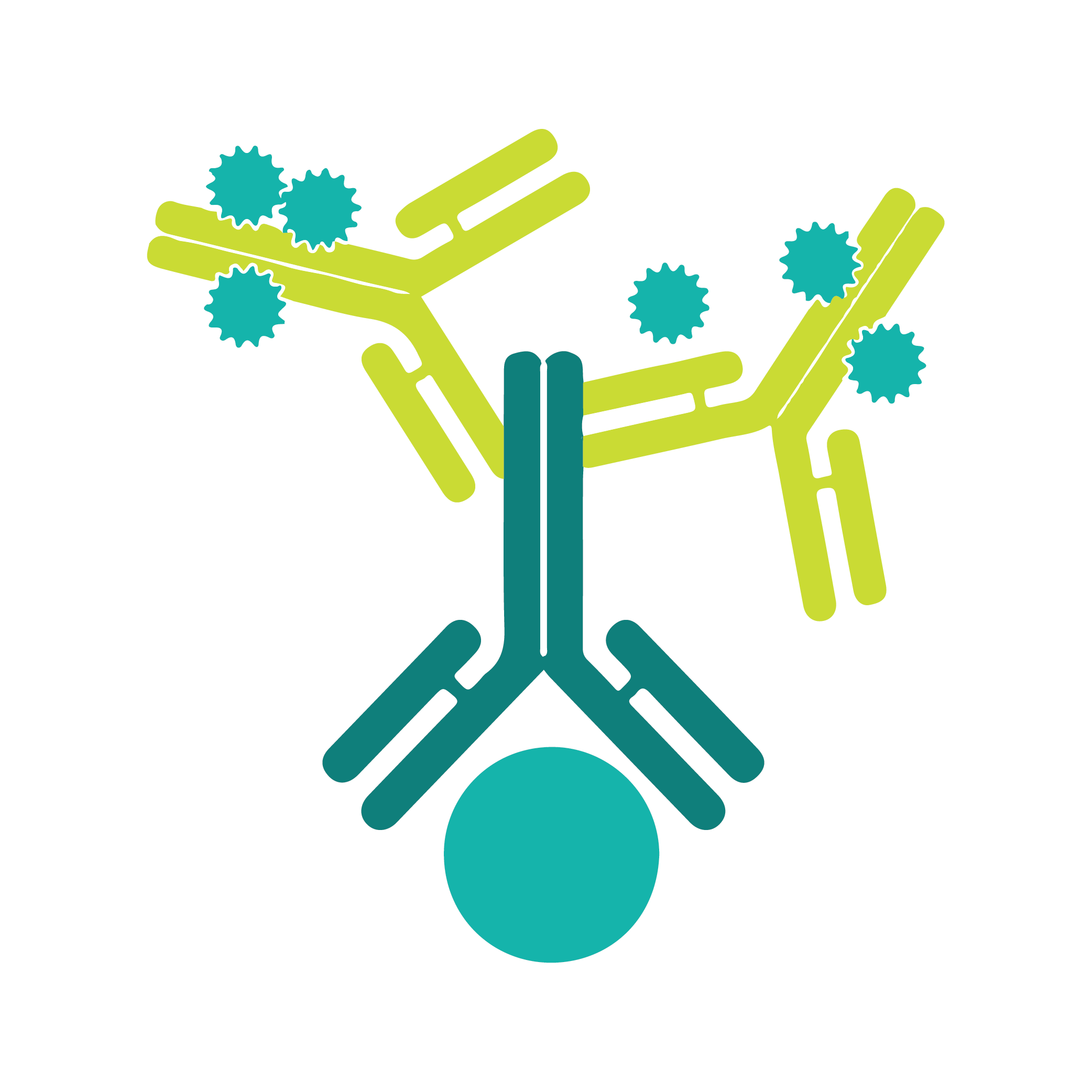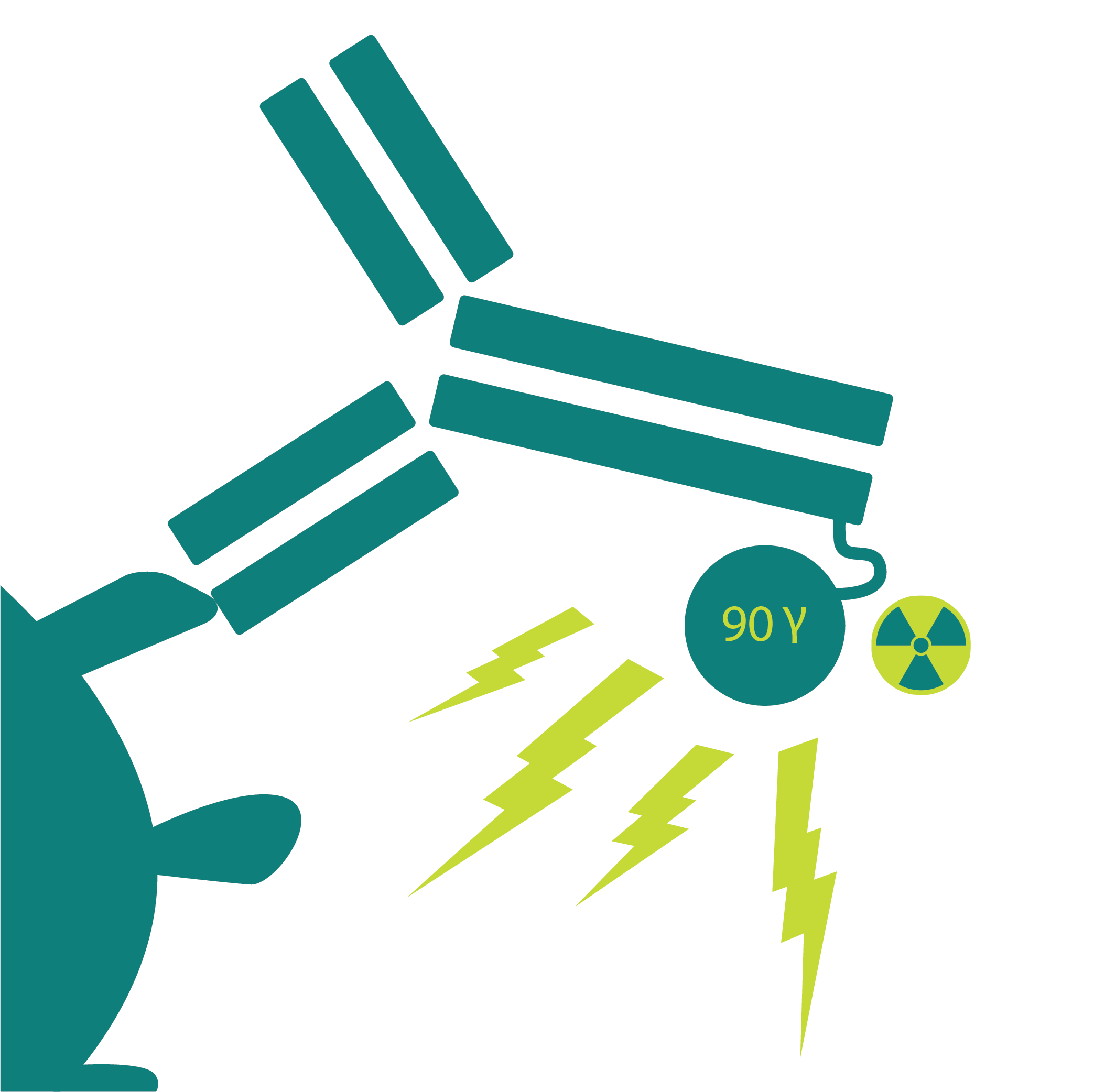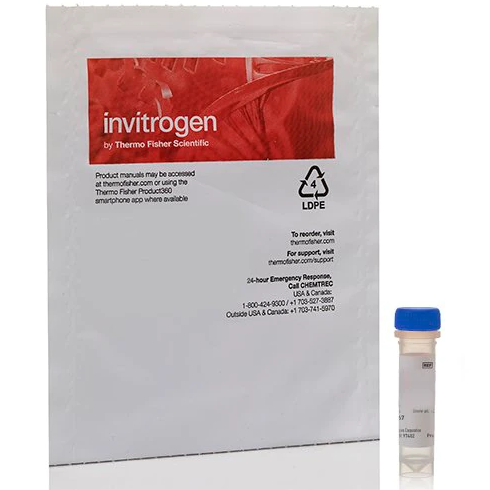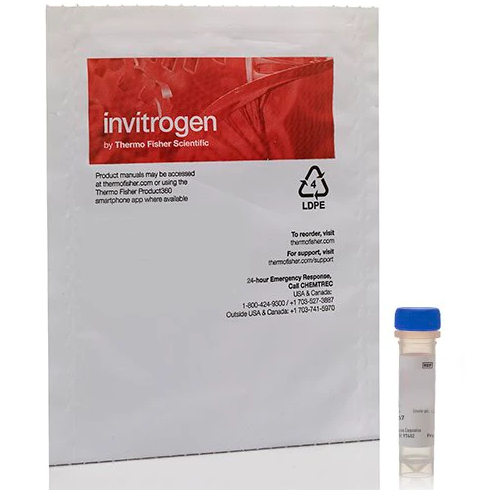Invitrogen IL-17A Monoclonal Antibody (eBio64DEC17), FITC, 100 Tests, eBioscience™
On demandInvitrogen IL-17A Monoclonal Antibody (eBio64DEC17), FITC, 100 Tests, eBioscience™
The eBio64DEC17 antibody reacts with human IL-17A. The eBio64DEC17 antibody is a neutralizing antibody. Interleukin-17A (IL-17A) is a CD4+ T cell-derived cytokine that promotes inflammatory responses in cell lines and is elevated in rheumatoid arthritis, asthma, multiple sclerosis, psoriasis, and transplant rejection. The cDNA encoding human IL-17A was isolated from a library of CD4+ T cells; the encoded protein exhibits 72 percent amino acid identity with HVS13 , an open reading frame from a T lymphotropic Herpesvirus saimiri, and 63 percent with mouse CTLA-8 (cytotoxic T-lymphocyte associated antigen-8). Human IL-17A exists as glycosylated 20-30 kD homodimers. High levels of IL-17A homodimer are produced by activated peripheral blood CD4+ T-cells. IL-17A enhances expression of the intracellular adhesion molecule-1 (ICAM-1) in human fibroblasts. Human IL-17A also stimulates epithelial, endothelial, or fibroblastic cells to secrete IL-6, IL-8, G-CSF, and PGE2. In the presence of human IL-17A, fibroblasts can sustain the proliferation of CD34+ hematopoietic progenitors and induce maturation into neutrophils. Mouse, rat, and human IL-17A can induce IL-6 secretion in mouse stromal cells, indicating that all homologs can recognize the mouse IL-17A receptor.
IL-23-dependent, IL-17A-producing CD4+ T cells (Th-17 cells) have been identified as a unique subset of Th cells that develops along a pathway that is distinct from the Th1- and Th2- cell differentiation pathways. The hallmark effector molecules of Th1 and Th2 cells, e.g., IFN gamma and IL-4, have each been found to negatively regulate the generation of these Th-17 cells.
Intracellular staining by eBio64DEC17 antibody identifies the same cell population as the eBio64CAP17 antibody, as can be seen in co-staining experiments using both antibodies.
Features
- Excitation: 488 nm; Emission: 520 nm; Laser: Blue Laser.
- Filtration: 0.2 µm post-manufacturing filtered.
- Recommended Isotype Control: Mouse IgG1 kappa Isotype Control (P3.6.2.8.1), FITC, eBioscience™.
There are no specifications
There are no report
You May Also Like
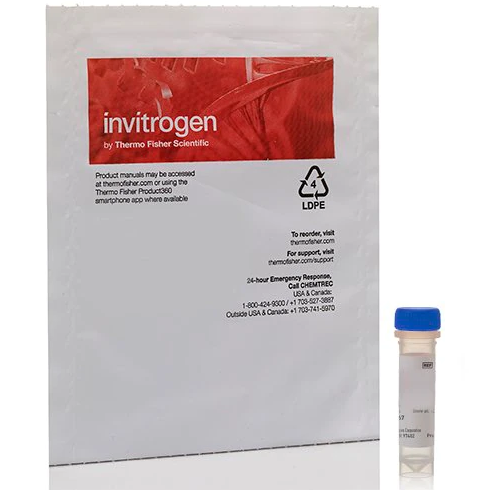
Invitrogen CD69 Monoclonal Antibody (FN50), PE, 25 Tests, eBioscience™
$ On demand
On demand
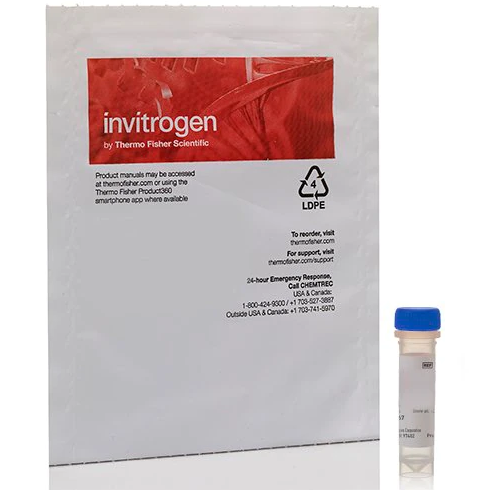
Invitrogen Mouse IgG2a kappa Isotype Control (eBM2a), Brilliant Ultra Violet™ 805, 50 µg, eBioscience™
$ 333
On demand
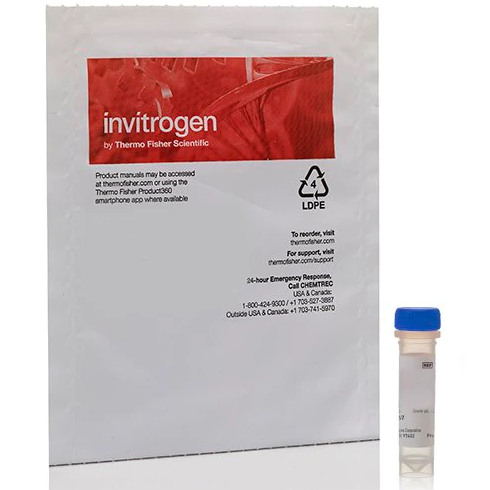
Invitrogen 25 mg CD44 Monoclonal Antibody (IM7), Functional Grade, eBioscience™
$ On demand
On demand
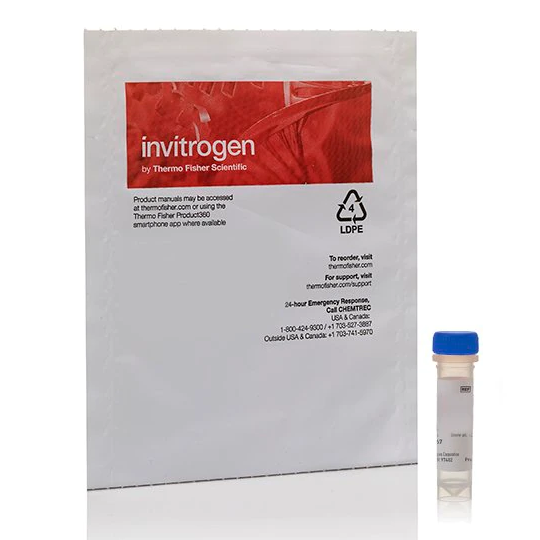
Invitrogen IL-13 Monoclonal Antibody (eBio13A), Brilliant Ultra Violet 805, 100 µg, eBioscience™
$ On demand
On demand
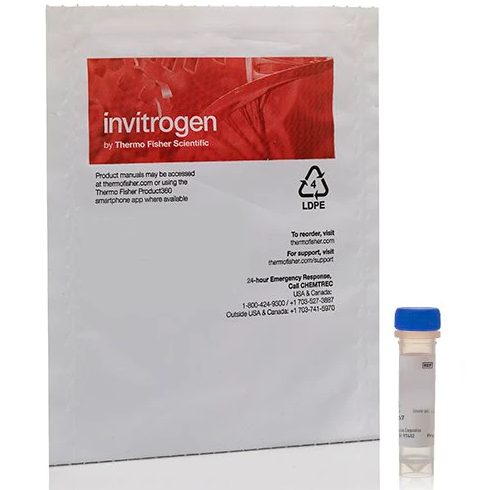
Invitrogen CD3e Monoclonal Antibody (145-2C11), Biotin, 50 µg, eBioscience™
$ On demand
On demand

Invitrogen CD62L (L-Selectin) Monoclonal Antibody (MEL-14), Alexa Fluor 700, 25 µg, eBioscience™
$ On demand


